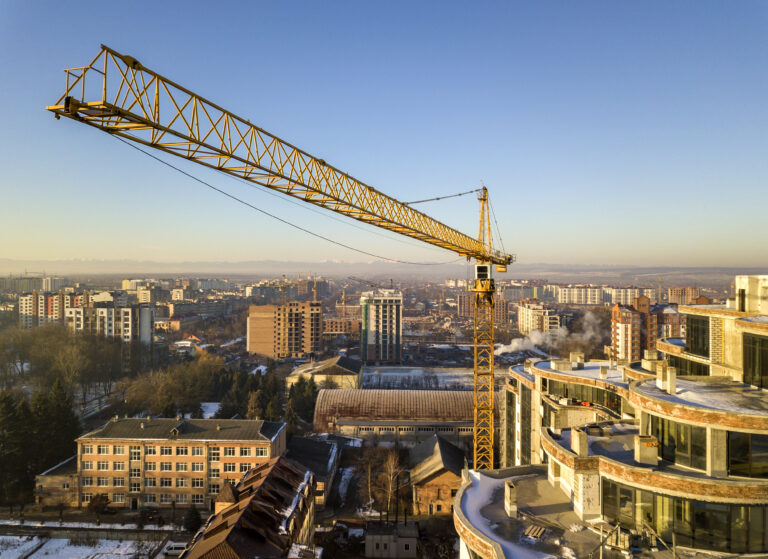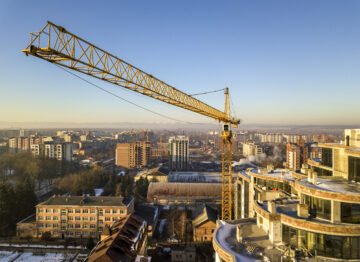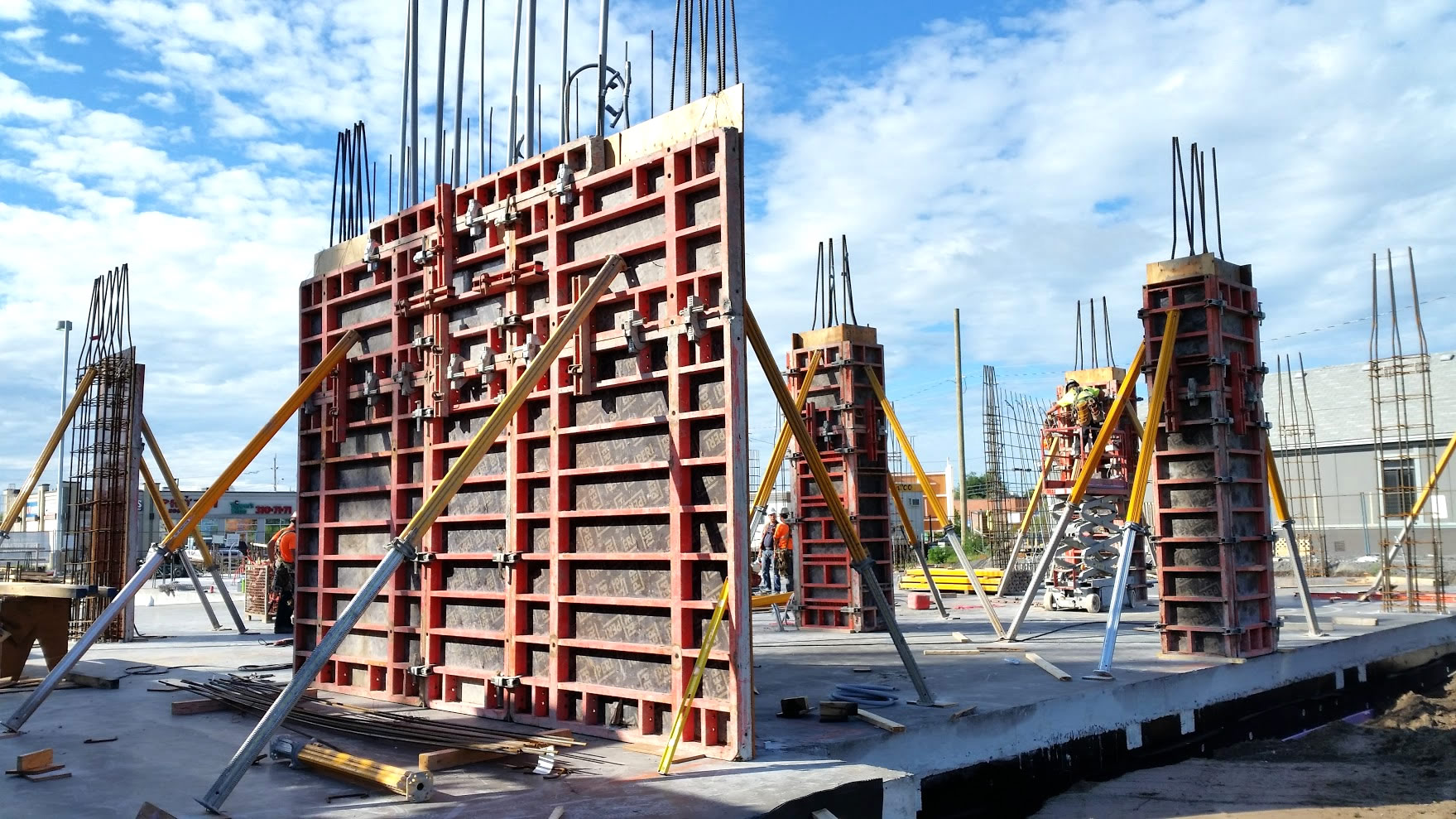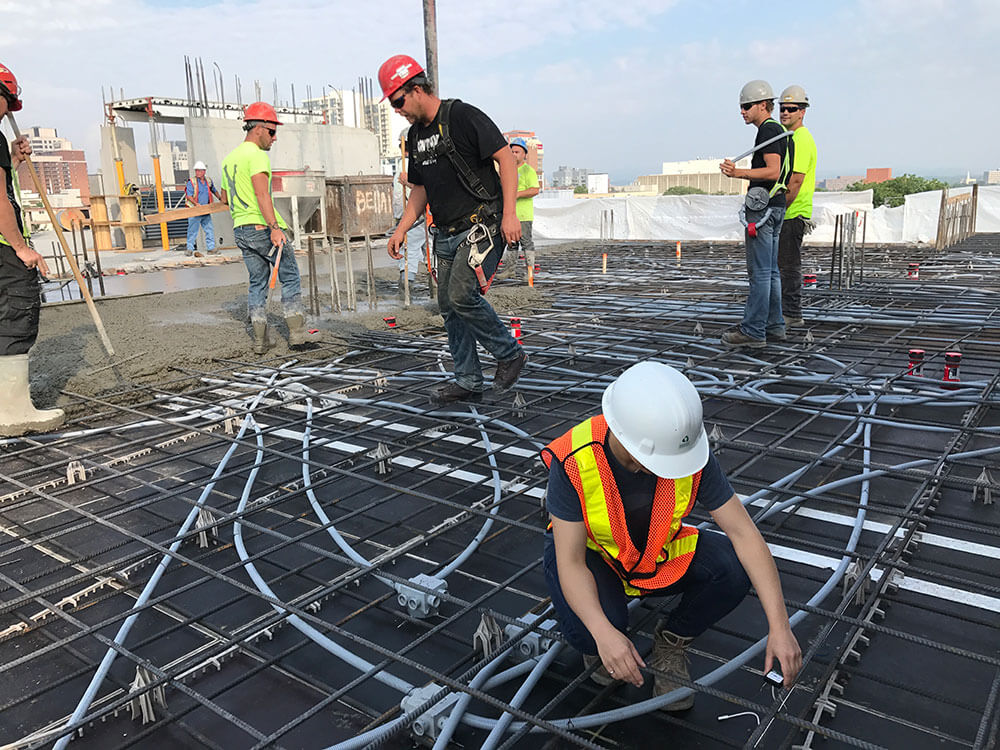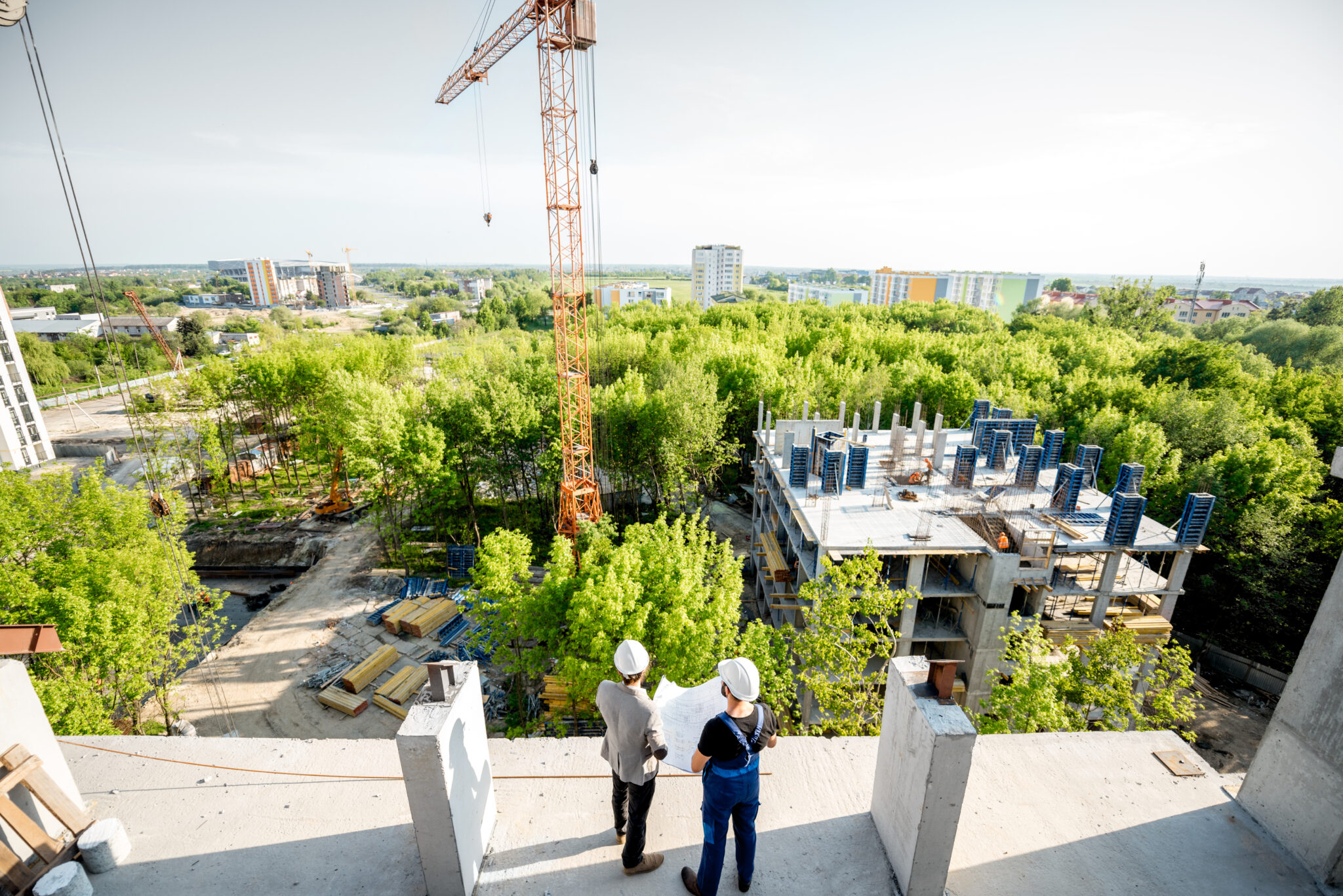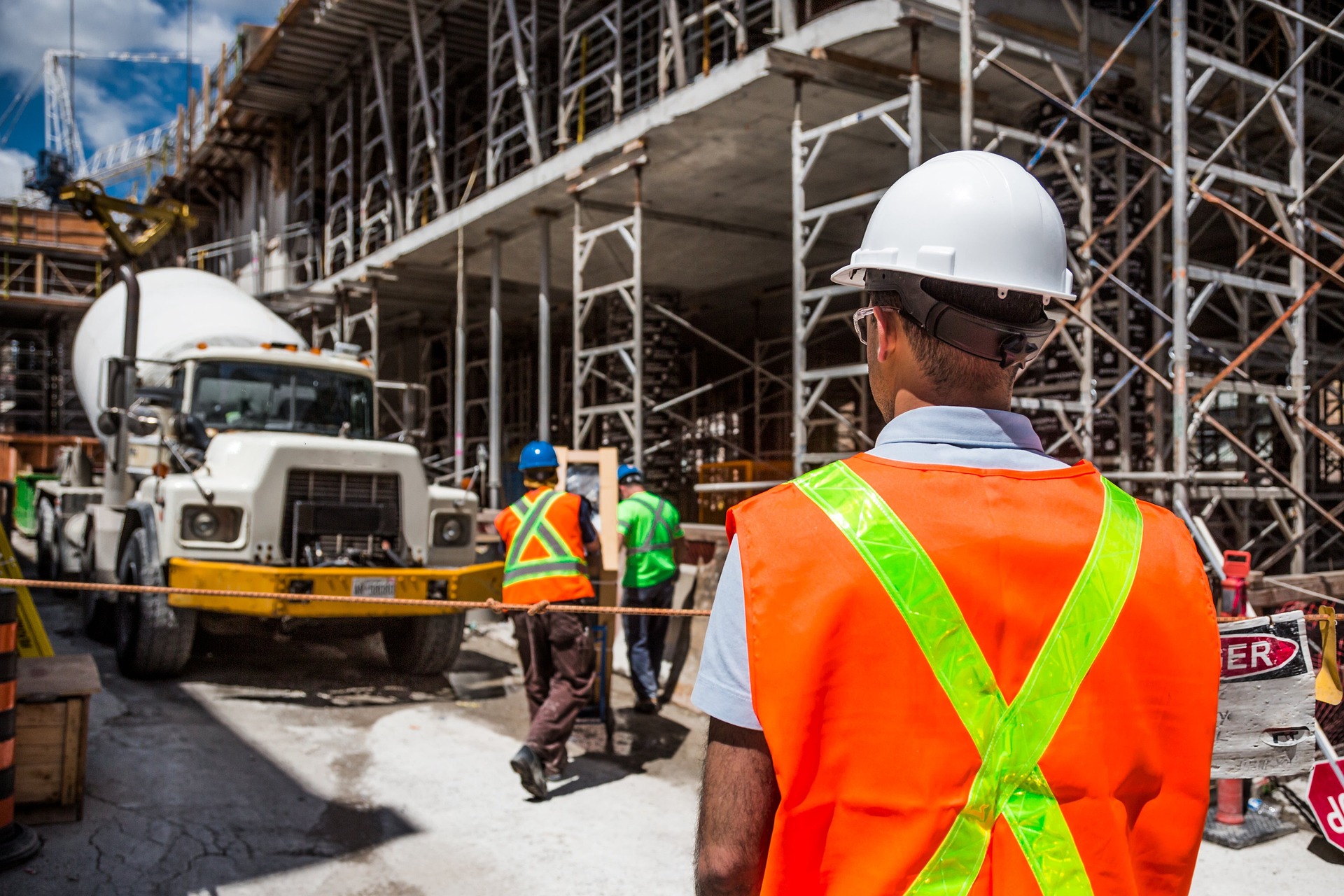Hot weather concrete placement presents a unique set of challenges, particularly for mass concrete elements. Without proper planning and temperature control, warm conditions can affect the concrete and shorten the service life of the structure.
SmartRock® Long Range Savings for Big Projects
Contractors working during summer or in warmer climates need to understand the effects of heat on concrete and take the right steps to ensure performance and durability. In this blog, let’s walk through why hot weather impacts concrete performance, the risks specific to mass pours, and practical strategies to manage temperature and ensure a successful placement.
What Is Hot Weather Concrete?
Hot weather concrete refers to any concrete work performed in conditions where high ambient temperature, strong wind, low humidity, or solar radiation accelerate cement hydration and water evaporation. According to ACI guidelines, these conditions begin to affect concrete performance at temperatures above 27°C (80°F).

These environmental factors speed up the chemical reactions in freshly mixed concrete, reduce workability, and increase the potential for shrinkage and cracking. The risks are even greater when pouring mass concrete, where heat generated by cement hydration is trapped inside the structure.
Why Hot Weather Conditions Affect Mass Concrete
Mass concrete is defined by its large volume, which prevents heat from escaping efficiently. During hydration, the cement releases heat. In thin sections, this heat dissipates quickly. In mass concrete, it remains trapped, raising the core temperature over time. If temperatures inside the element rise too high, the result can be delayed ettringite formation, thermal cracking, and reduced structural integrity.
Two critical factors must be monitored in hot weather concrete:
- The maximum internal temperature at the core
- The temperature difference between the core and the surface
Both values are directly impacted by initial mix temperature and ambient conditions.
Temperature Differentials and Thermal Stress
A high temperature difference between the core and the surface creates internal thermal stress. While the warmer core expands, the cooler surface contracts. This tension can cause cracks, especially in the early stages of curing. The recommended maximum differential is typically 19°C (35°F) to reduce the risk of thermal damage.
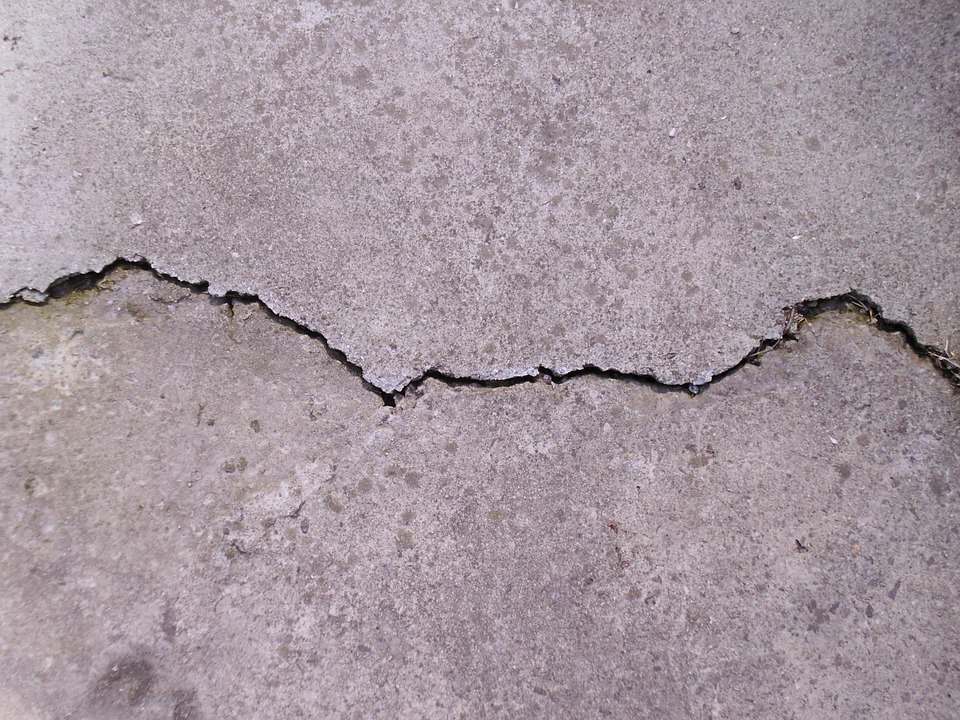
In hot weather, surface temperatures tend to be higher, which can help reduce the temperature gap. However, the overall temperature of the entire concrete element also increases, so careful monitoring remains essential.
Best Practices for Hot Weather Concrete Placement
When working with hot weather concrete, there are several effective strategies that can help reduce the risk of high internal temperatures:
- Schedule early morning or nighttime pours when temperatures are lower
- Use chilled mixing water or store aggregates in the shade to lower the initial mix temperature
- Add ice or liquid nitrogen to the mix to offset heat from hydration
- Incorporate supplementary cementitious materials (SCMs) to reduce the heat of hydration
- Protect surfaces with wet coverings or insulation to limit moisture loss and prevent surface overheating
These methods are especially important when placing mass concrete in hot climates or during peak summer months.
Don’t let extreme weather set back your project schedule. Read more here!
Why Temperature Monitoring Is Essential for Hot Weather Concrete
Monitoring temperature in real time is critical when placing hot weather concrete. By installing sensors at the core and near the surface of a concrete element, project teams can track temperature development and make adjustments as needed. Data from smart concrete sensors supports better decision-making related to curing methods, formwork removal, and post-tensioning schedules.
Without accurate monitoring, it’s difficult to maintain safe temperature limits and prevent thermal stress-related failures. Reliable temperature data helps ensure long-term structural performance and compliance with specifications.
SmartRock® Long Range Savings for Big Projects
Using SmartRock® Pro in Hot Weather Concrete Projects
Extreme weather conditions can significantly increase the risk of thermal cracking and long-term durability issues in mass concrete. SmartRock Pro helps mitigate these risks by providing accurate, real-time temperature data directly from within the concrete.
Its patent-pending Concrete Electro-Mechanical Microstructural Analysis (CEMMA) technology allows project teams to monitor strength and temperature without relying on pre-calibrated maturity curves. This is especially important in extreme heat, where even minor fluctuations in mix composition or placement timing can affect performance. SmartRock Pro accounts for these changes automatically, helping to reduce the impact of variability from truck to truck and ensure reliable results regardless of weather conditions.
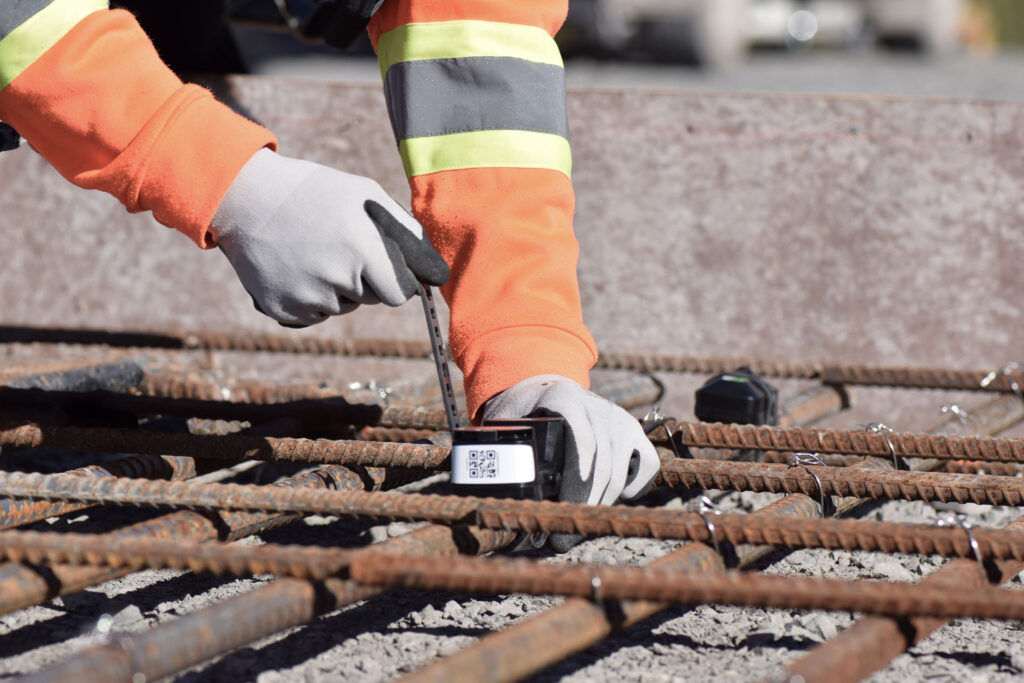
By installing SmartRock Pro sensors, you can closely track temperature differentials and ensure compliance with project specifications. With continuous access to dependable data, teams can make timely adjustments to protect the integrity of their concrete and longevity of structures during extreme hot weather pours.
Conclusion
Hot weather concrete requires a proactive approach to planning, mix design, and monitoring. When working with mass concrete, the risks posed by elevated temperatures are significant, but they can be managed with the right tools and techniques. By understanding how heat affects concrete performance and applying best practices, construction teams can achieve durable results, even in the most challenging weather conditions.
Hot weather concreting is a breeze. Check out our webinar to learn more!
Frequently Asked Questions (FAQ)
What is the best way to manage hot weather concrete?
The best way to manage hot weather concrete is by using temperature control strategies such as pouring during cooler hours, using chilled water or ice in the mix, and applying surface insulation. Monitoring internal temperatures in real time with sensors like SmartRock® is also essential to prevent thermal cracking.
How hot is too hot to pour concrete?
Concrete placement becomes risky when ambient temperatures exceed 27°C (80°F). At this point, accelerated hydration and evaporation can compromise strength and cause shrinkage or cracking. This is especially critical for mass concrete pours in hot weather.
What causes cracking in hot weather concrete?
Cracking in hot weather concrete is usually caused by thermal stress from a large temperature difference between the concrete’s core and surface. When the internal temperature rises too high during curing, the risk of delayed ettringite formation and structural damage increases.
Why is mass concrete more vulnerable in hot weather?
Mass concrete retains more heat due to its large volume, making it difficult to dissipate the internal temperature. In hot weather, this can result in thermal gradients that exceed safe limits, leading to structural issues like cracking and strength loss.
How does SmartRock® help with hot weather concrete?
SmartRock® is a wireless sensor that monitors internal concrete temperature and strength in real time. In hot weather concrete projects, it helps contractors detect thermal issues early, adjust curing methods, and ensure compliance with ACI temperature guidelines.
